
-
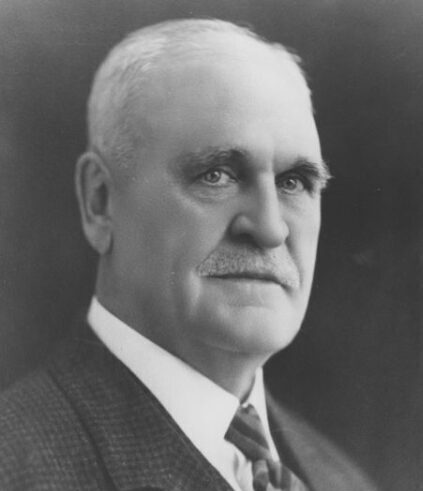
1895
Judge Charles B. Stuart is our firm’s founding partner and was known as “The Grand Old Man” of Oklahoma lawyers. He was the second president of the Indian Territory Bar Association and the first president of the Oklahoma Bar Association. Stuart was also appointed by U.S. President Grover Cleveland as the first judge for the U.S. Court for the Central District of Indian Territory and the first Chief Justice of the Court of Appeals of Indian Territory. On September 9, 1895, Judge Stuart sent a resignation letter to President Grover Cleveland saying “…I have concluded to surrender the trust which you gave me. I return this trust, Mr. President, unbroken, and with clean hands.”
-
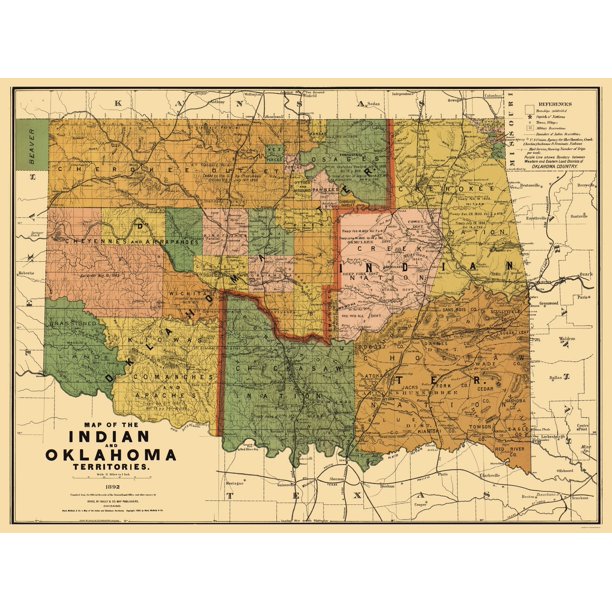
1896
Stuart served as general counsel for the Choctaw, Oklahoma and Gulf Railroad Company. He then returned to private practice in South McAlester, forming the law firm Stuart, Gordon & Hailey with James H. Gordon and W.E. Hailey. Stuart would continue his practice for several decades, planting our roots in Indian Territory prior to Oklahoma’s statehood by a decade making Doerner one of the oldest law firms in Oklahoma. Image courtesy of Rand McNally & Co, Indian Territory Map, 1892.
-
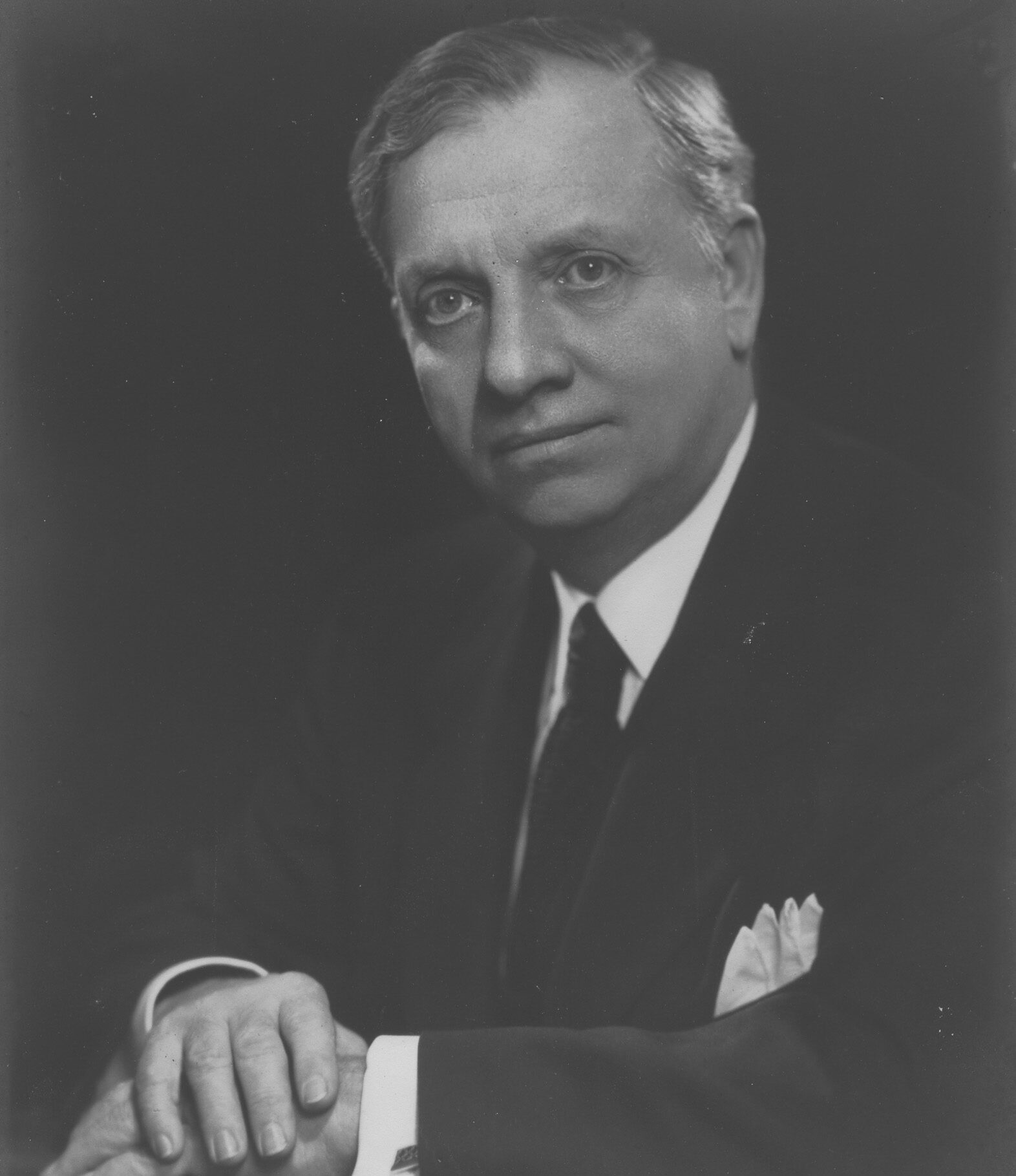
1910s -1930s
Stuart moved his practice to Oklahoma City, where Doerner today has a thriving office. Stuart was joined in practice by A.C. Cruce and W.O. Gilbert. During his time in Oklahoma City, Stuart met and worked alongside E.J. Doerner, a Tulsa lawyer. While keeping an office in Oklahoma City, Stuart formed a partnership in Tulsa named Stuart, Coakley & Doerner. While Judge Stuart practiced with E.J. Doerner, they represented clients that currently remain firm clients. These included industrialist and philanthropist Charles Page, the Sand Springs Home (founded by Page), and an associated charitable trust, active today.
-

1936
Harold C. Stuart joined his grandfather’s firm, which was then known as Doerner & Stuart. Former Judge Charles B. Stuart passed away that same year.
-

1940s
The firm became an incubator for business growth and assisting clients with access to capital and financing as we represented banks, hospitals, oil production and service companies, railroads and utilities. Photo courtesy of the Oklahoma Department of Libraries, Tulsa 1945.
-
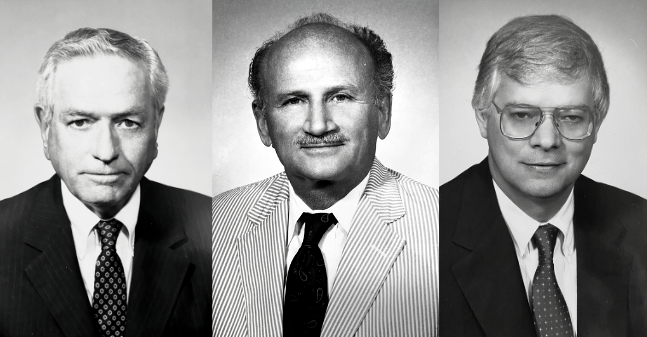
1950s – 1960s
During this era, the firm strengthens its partnership by hiring Dickson M. Saunders, Samuel P. Daniel, Jr. and William C. Anderson, who later became our named partners and the cornerstones of our modern practice. Pictured: Dickson M. Saunders, Samuel P. Daniel, Jr. and William C. Anderson.
-
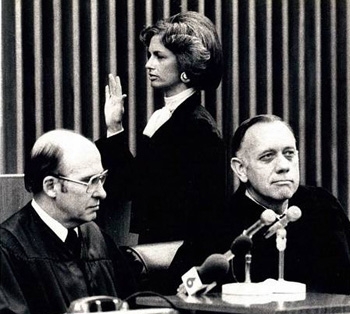
1970s – 1980s
The firm diversifies by hiring women as attorneys and elevating them into partner positions. As a result, many of our female colleagues have since become law professors, corporate senior counsel and judges – including Harvard Law School graduate and trailblazer Stephanie Kulp Seymour, who later became the first female Chief Judge of the U.S. Court of Appeals for the 10th Circuit. Pictured: Stephanie Seymour was sworn into the Tenth Circuit Court of Appeals in 1979. Photo courtesy of Judge Seymour and the United States Courts.
-

Early – 1980s
The firm continued to steadily grow by doubling in size through the oil boom of the early 1980s.
-
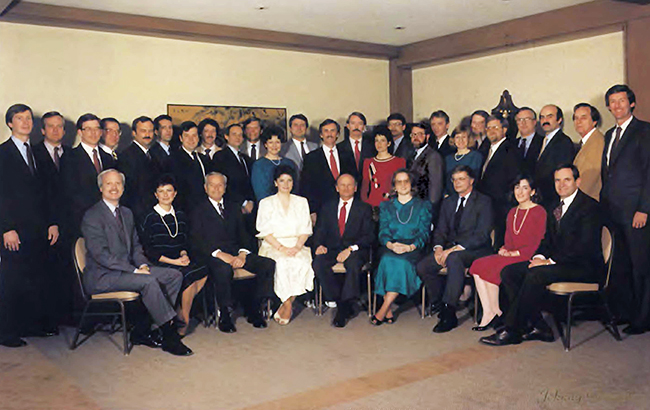
Mid – 1980s
The economy shifts due to the oil bust. As a result, Doerner expands its bankruptcy practice by acting as trustee’s counsel for several major bankruptcies, advising creditors and representing oil producers.
-

1994
The firm changed its name to Doerner, Saunders, Daniel & Anderson, LLP and continued evolving into a modern law practice with an improved combination of trial and transactional lawyers. Our attorneys continued to emerge as leaders in areas of environmental law, water law, labor and employment, commercial litigation, media law and First Amendment law in national rankings.
-

2004
Our foothold began in the Oklahoma City market and continued to grow with the law firm additions of Michael Minnis & Associates, Scoggins & Cross, and Abowitz Timberlake Dahnke. This accomplishment became a core part of Doerner’s Oklahoma City growth in the practice areas of healthcare, litigation, media and Native American law. Photo courtesy of the Greater Oklahoma City Chamber.
-

2005
After several exploratory years with digital resources, Doerner fully embraced the era of virtual file management using iManage to improve our organization of client records and data. Continuing along this path, the firm later migrated towards using cloud technology services to enhance its data security and improve our overall proficiency for serving clients.
-

December 15, 2010
Doerner relocates its Tulsa office to the current location in Williams Tower II at Two West Second Street, Suite 700. Photo courtesy of Robinson Park building management.
-

August 26, 2011
Doerner was selected to become the Tulsa, Oklahoma affiliate of Meritas – a premier global alliance of independent business law firms. This achievement enabled Doerner to serve clients in a greater capacity by offering access to trustworthy legal services worldwide.
-
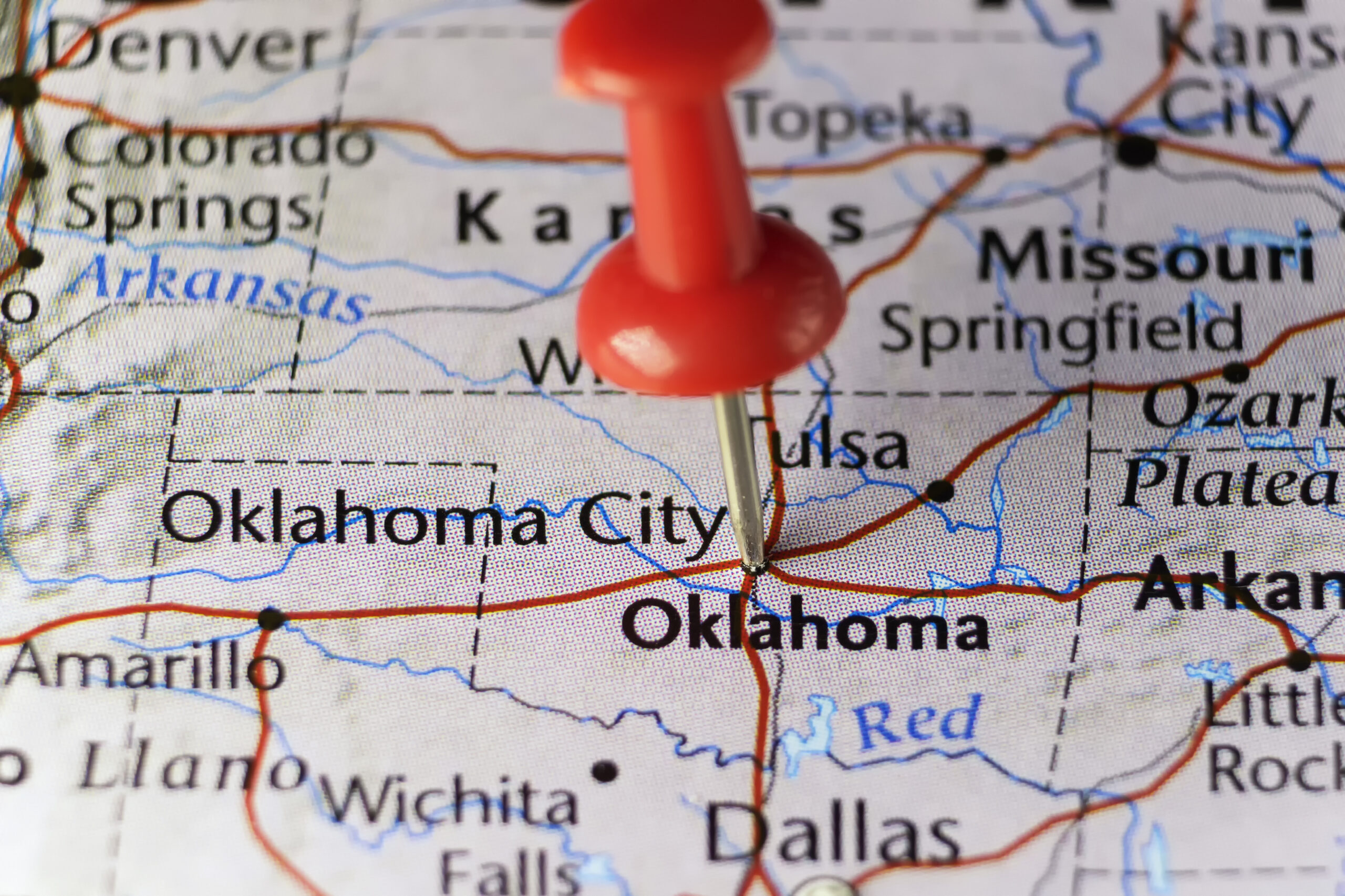
November 1, 2018
Meritas selected Doerner to represent Oklahoma City, in addition to its previous affiliation with the Tulsa business market.
-
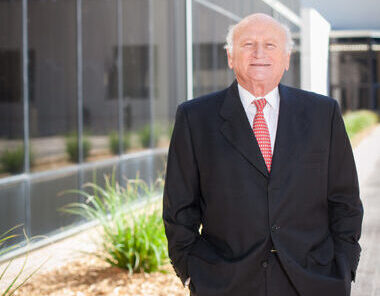
July 14, 2019
Samuel P. Daniel, Jr. dies, leaving William C. Anderson as our last living, named partner.
-

2020 – 2022
Under the leadership of managing partner Tom Q. Ferguson and through Doerner’s experience with embracing cutting-edge technology, we quickly positioned ourselves to respond to our clients’ needs while protecting our employees’ safety during the rapid spread of the COVID-19 pandemic.
-

2023
Recognized as thought leaders, we reflect on our Doerner University educational program spanning nearly two decades. This unique program was established to provide an internal forum for the discussion of trending legal topics impacting our clients.
